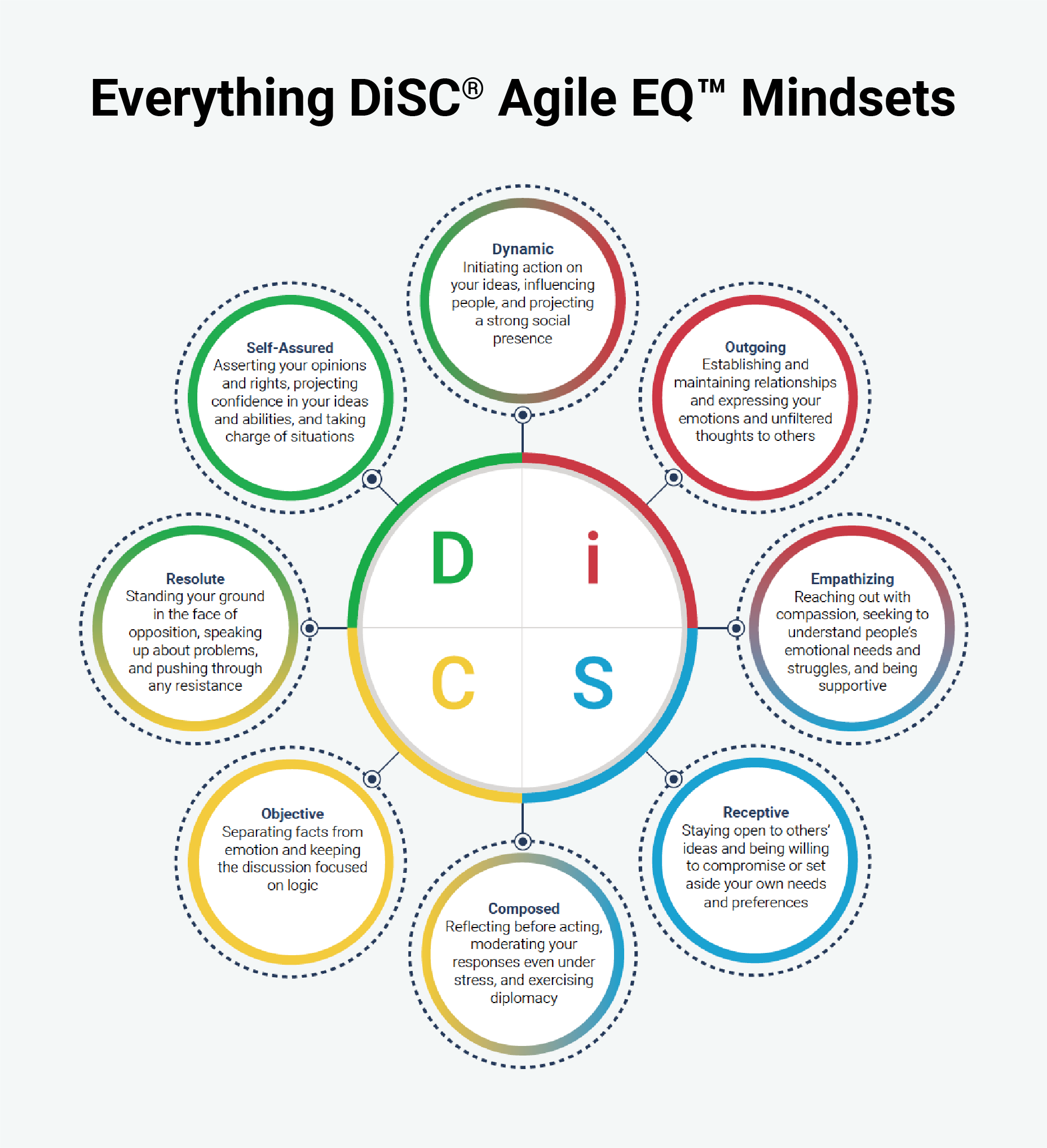Hurricane, pandemic, new competitor, international expansion, huge jump or drop in demand… companies must be ready for challenges they can’t predict and must respond to them more quickly than ever. That’s why so many organizations are adopting agile practices, like flattening decision-making hierarchies, introducing agile project management, or emphasizing flexibility in hiring.
However, too many companies focus on making their processes more agile, but neglect to do the same for their people. Smart companies do both, because you can’t be an agile organization without agile workers.
Agile processes acknowledge that you can’t predict every possible outcome of a project. “Responding to change over following a plan” is one of the four pillars of the Agile Manifesto. You can start out with a plan, but rather than just sticking to it when other factors change, you pivot and adjust along with the situation. Likewise, you can’t predetermine a personal interaction. You can decide what is the best approach to start with, but if you see that the interaction is going down the wrong path, you must be able to stop and find a new path.
The key to developing an agile workforce is emotional intelligence (EQ), according to a new report by Wiley titled Agility Unlocked: Revealing the connection between agility and emotional intelligence (PDF). Agile culture demands people who are resilient, proactive, and collaborative. It demands clear communicators, keen listeners, and lifelong learners. These are all qualities that can be practiced and developed through EQ training.
What does an agile worker look like?
Competencies displayed by agile workers include:
- Connecting with people very different from them
- Employing personal authority to make decisions and manage everyday changes
- Keeping an eye out for the next disruption
- Striving to adapt to new situations, even when it’s uncomfortable
Agile workers use emotional intelligence to make teamwork and problem-solving possible through:
- Active listening
- Self-reflection
- Empathy
- Objectivity
- Assertiveness
You can think about the connection this way, says Wiley: emotional intelligence refers to the ability to read the emotional and interpersonal needs of a situation and respond appropriately. Agility is the ability to do that even if it’s difficult.
The dangers of ignoring EQ
If an organization doesn’t make a serious commitment to integrating EQ into staff and leadership training, the results are bad for its business and its people.
Wiley surveyed 2,500 professionals in 2020, and learned some striking things about EQ in the workplace:
- Managers spend significantly more time on interpersonal issues than on either the quality or quantity of their employees’ work.
- Eighty percent of those surveyed have worked on a team where low EQ hurt productivity.
- Eighty percent said they’ve seen low EQ create a toxic culture.
- More than 40 percent have actually quit a job after working with people with a low EQ.

Emotional intelligence not only yields better outcomes, but it also reduces wear and tear on the staff. If an employee can move between mindsets based on the needs of a situation, rather than approaching each situation from their default mindset, they are more valuable to the team—and probably happier.
From assessment to action
To address EQ, many businesses use EQ appraisals in their training and development programs. These appraisals generally give employees a snapshot of their emotional intelligence at that moment in time, but no guidance for using that knowledge, let alone developing the EQ skills that are more of a struggle for each individual. To create real change and enable an agile culture, EQ work must be actionable and scalable across an organization.
Few of us excel in every dimension of emotional intelligence, but everyone is competent in at least a couple of dimensions. EQ experts maintain that everyone can grow their competency and develop the skills crucial to an agile workplace.

Everything DiSC® Agile EQ™ is a new program that combines the personalized insights of DiSC with emotional intelligence development. Rather than some elusive quality either you have or you don’t, EQ is a skill—and like any skill, you get better with practice. Agile EQ puts less emphasis on diagnosis and theory, and more emphasis on giving people the tools they need to stretch beyond their own DiSC region. The assessment measures each participant’s comfort with eight EQ mindsets, and the 26-page profile (PDF) provides concrete steps to take to practice navigating outside their comfort zone.
Agile EQ is practical and systematic in a world that’s often ambiguous. Not only that, but it’s highly personalized. The profile shows a participant’s EQ strengths along with “effort meters” showing how challenging each mindset is for that person. Two people may share a DiSC style but have very different effort meters, based on their EQ.
It may never feel completely natural to be very outgoing or composed or self-assured, if that’s not how you’re built. But Agile EQ shows how to venture into those mindsets, whenever the situation demands it. By looking at EQ through the lens of mindsets rather than immutable personality traits, Agile EQ shows when your thinking may need to shift, even if your values don’t.
The elements of emotional intelligence are the building blocks of agility. Do your people have the tools they need to cope with whatever comes next?

